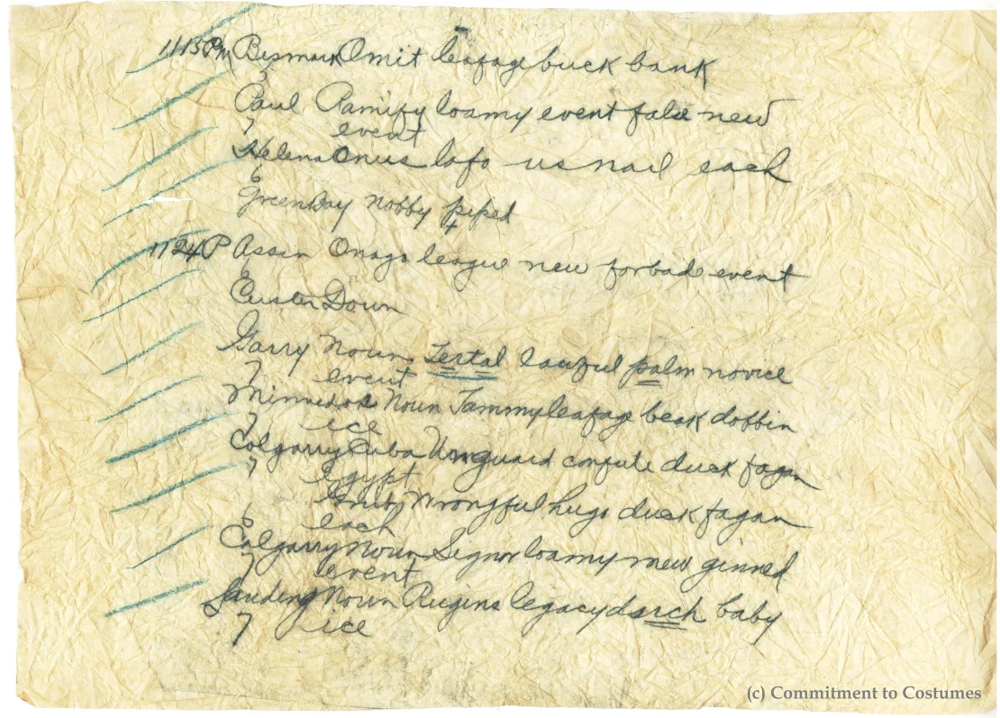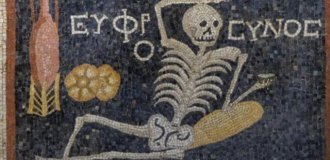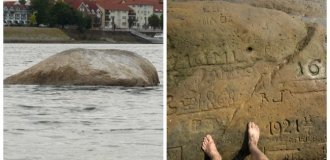A woman found a mysterious note in a vintage dress she bought (4 photos)
A US woman found a note hidden in a secret pocket in a vintage 19th-century dress. Two pages of paper contained some kind of secret code. 
Historical clothing collector Sarah Rivers Cofield bought a dress from an Isle of Man antiques shop in 2013 that she roughly dated to the 1880s. The outfit was perfectly preserved, despite its age: gray silk, lace and metal buttons were in perfect order. Cofield paid $100 for the dress. 
After some time, the woman discovered a secret pocket near the bodice of the dress. Sewn next to it was a tag with the owner's last name - Bennett - and inside were two pages of paper covered with a strange set of words. 
“Bismarck, lower, foliage, dollar, jar, Calgary, Cuba, remove guard, refute, duck, Fagan,” read the first lines. Cofield realized she was dealing with a code. Unable to decipher it on her own, the woman started a blog in which, together with her readers, she tried to understand what the mysterious set of words meant. Soon, having lost hope of finding an answer, she gave up trying. 
However, some enthusiasts continued to search for a solution to the code. In 2018, Wayne Chan, a researcher at the University of Manitoba in Canada, came across the code online. He went through 170 books about encryption, but did not find the key. He gave up after a few months, but a few years later began researching the telegraph era, including the weather codes used in North America at the time. With this knowledge, Chan made a breakthrough in early 2023. He realized that the coded messages were actually weather forecasts. The forecast was encrypted not for the sake of secrecy, but because it allowed forecasters to reduce weather reports to a few words.
In the era of the telegraph, such shorthand was cheaper than sending a message with many words and temperature readings. Each word represented meteorological variables such as temperature, wind speed, and barometric pressure at a specific location and time of day. Chan found out that the note contained an encrypted forecast for May 27 for the Bismarck railway station.






























